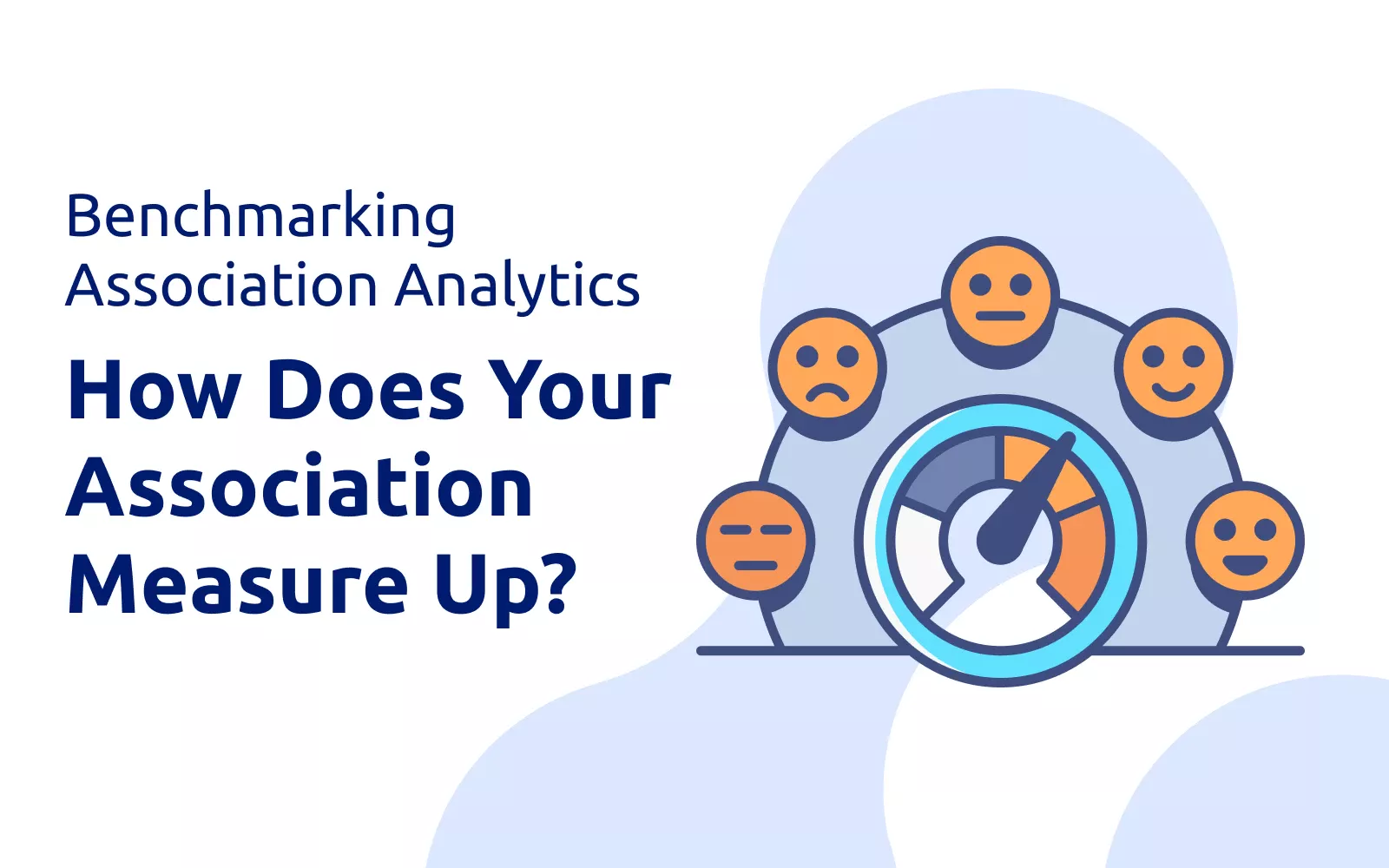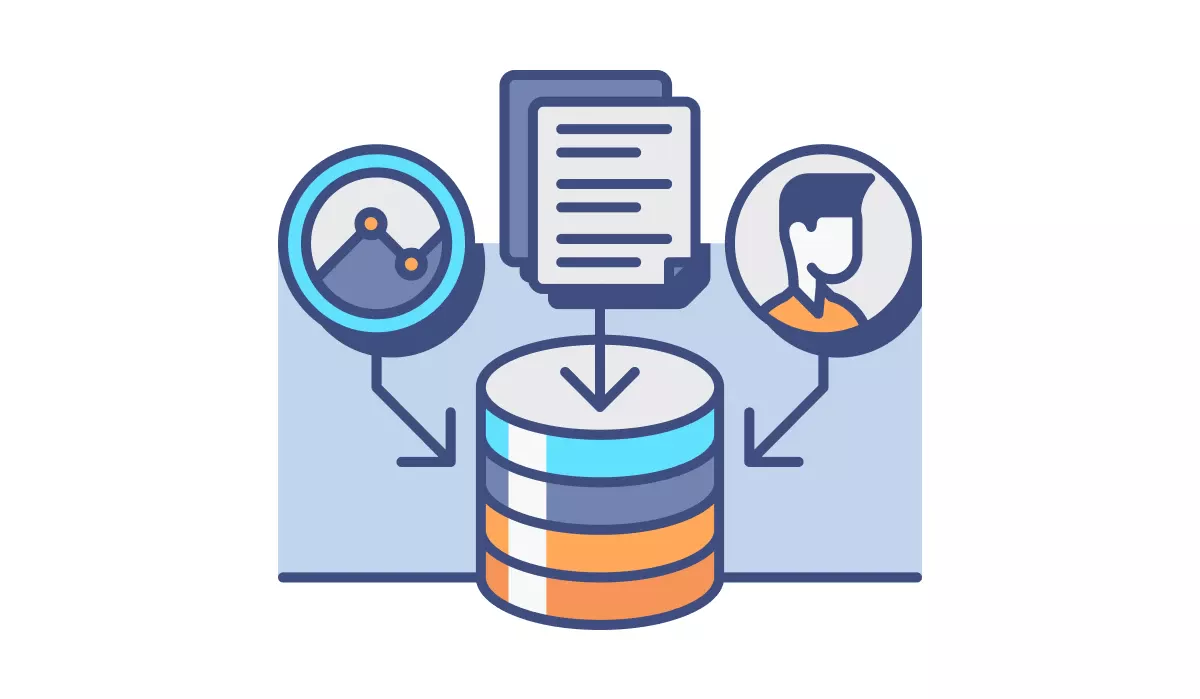
Association analytics has become an integral part of measuring performance and enhancing decision-making for associations across various industries.
Understanding how your association stacks up against industry standards is crucial in today's data-driven landscape. It's important to have a good understanding of data such as renewal rates, engagement rates, and conversion data.
In this article, we will explore the importance of benchmarking association analytics and provide insights into key metrics, methods, and strategies to effectively evaluate and improve your association's performance.
Introduction
Associations are like any business - they need to have reliable and actionable data to function properly.
Association analytics involves the collection, analysis, and interpretation of data to uncover valuable insights that drive informed decision-making. Benchmarking, in this context, refers to the process of comparing an association's performance metrics against industry standards, best practices, or competitors.
For example, you'll want to find out what are the average member retention rates, attendee rates for events, and conversion rates from other marketing activities.
Quick Reads
- Understanding Association Analytics
- Importance of Benchmarking
- Key Metrics for Association Analytics
- Choosing the Right Benchmarking Method
- Conducting a Comparative Analysis
- Analyzing the Results
- Implementing Data-Driven Strategies
- Overcoming Challenges in Benchmarking
- Tools and Technologies for Association Analytics
- Future Trends in Association Analytics
- Utilizing Analytics to Set KPIs
- Finding the Right Technology for Your Industry
Understanding Association Analytics
Association analytics involves the utilization of data to gain actionable insights that support strategic decision-making. It encompasses various aspects, including member engagement, event management, financial performance, renewal rates, marketing effectiveness, and more.
By analyzing data from different sources such as your membership database or CRM, website traffic, social media, event attendance rates, and email marketing associations can gain a comprehensive understanding of their performance.
Importance of Benchmarking

Benchmarking provides associations with a clear perspective on their strengths, weaknesses, and opportunities for improvement. By comparing performance metrics to industry standards or competitors, associations can identify areas where they excel and areas that require attention.
Benchmarking helps set realistic goals, measure progress, and allocate resources effectively.
Key Metrics for Association Analytics
When benchmarking association analytics, there are some key metrics that determine success in the membership industry.
These include membership growth rate, member retention rate, event attendance, revenue per member, renewal rate, and engagement rate. By tracking and analyzing these metrics, associations can identify patterns, trends, and areas that require improvement.
Remember, data can be tricky and it takes time to understand what metrics within your organization are the key to your organization’s success. Over time, you will get an understanding of what data makes the most sense for you and you can find better and more efficient ways to analyze it.
Choosing the Right Benchmarking Method
Associations have different options for benchmarking their analytics. They can opt for internal benchmarking, comparing different departments or chapters within the association.
External benchmarking involves comparing against other associations within the same industry. Best practice benchmarking looks at high-performing associations to identify strategies that can be adopted.
Some key questions to think about are: What are renewal rates in my industry? How active are members in my industry?
Conducting a Comparative Analysis
To conduct a successful benchmarking analysis, associations need to collect relevant data and identify suitable benchmarks. This may involve surveys, data analysis tools, or collaborations with industry associations and leaders.
By ensuring the data is accurate, associations can make meaningful comparisons and draw actionable insights.
Analyzing the Results
Once the benchmarking analysis is complete, associations need to interpret the results and identify areas for improvement. It's essential to consider both quantitative and qualitative data to gain a comprehensive understanding.
Associations can identify gaps, trends, and best practices that can guide their decision-making and strategic planning.
Make sure that when you're analyzing your results you're trying to interpret the reasons behind the data. For example, say your registration rates are high but no one actually shows up to your events.
That might be an indication that you'll need to do some work on your post-registration follow-up or include some type of automation in your process.
Implementing Data-Driven Strategies

Benchmarking serves as a foundation for implementing data-driven strategies. Associations can leverage the insights gained to develop targeted marketing campaigns, improve member engagement initiatives, optimize event planning, and enhance overall operational efficiency.
By aligning strategies with benchmarked metrics, associations can drive growth and deliver value to their members.
Overcoming Challenges in Benchmarking
Benchmarking association analytics comes with its own set of challenges.
Limited data availability, inconsistent data quality, and the complexity of benchmarking methodologies can pose obstacles. Associations should invest in robust data management systems, establish data governance practices, and foster collaboration to overcome these challenges effectively.
Tools and Technologies for Association Analytics
Numerous tools and technologies support association analytics and benchmarking.
These include customer relationship management (CRM) software, data visualization tools, survey platforms, and business intelligence solutions. Associations should select tools that align with their specific needs and facilitate data-driven decision-making.
Future Trends in Association Analytics
The field of association analytics is continuously evolving. Associations can expect advancements in artificial intelligence and machine learning, enabling more accurate predictive analytics.
Integration of disparate data sources, enhanced data security, and the utilization of advanced data visualization techniques are also expected to shape the future of association analytics.
Utilizing Analytics to Set KPIs

When you have a good idea of your benchmarks and what it takes to see success at your organization, you can then begin the process of setting up Key Performance Indicators (KPIs for short).
This is help give your team clear directions in terms of the expectations and goal line of the organization. Furthermore, having clear KPIs helps you manage your volunteers and to understand if that is a relationship that is beneficial to both parties.
If your association is in a place where it’s looking to hire or already has full-time employees, KPIs are another great way to keep them focused and for you to understand if this has been a good hiring choice in general.
Finding the Right Technology for Your Industry
Trying to benchmark and track analytics requires a very high degree of detail and can be subject to human error. Not to mention that the process of running an association is already incredibly time-consuming and difficult.
To add more into the mix, most associations staff volunteers which decreases the amount of time they’re able to delegate towards things like benchmarking or tracking analytics. To mitigate these issues and provide an area of complete support with both automation and optimization you will want to look into a solution like Glue Up.
Since Glue Up’s association management software hosts all of your member, attendee, and prospect data in one ecosystem, you’re able to get a clear view of the entire membership process. This, combined with a robust analytics module enables users to track data and set proper benchmarks of success. You can get an overview of Glue Up’s entire system at any time here.
Remember, having data and benchmarks are only half of the story. It will require some effort to interpret the data and identify what parts of it are relevant to your success.
Once you’ve done that though, you can keep tracking those metrics thoroughly on a weekly, monthly, quarterly, and yearly basis to ensure that you’re not only pivoting on time, but you’re seeing consistent and accurate growth.
Benchmarking association analytics is essential for associations looking to measure their performance, identify improvement areas, and make data-driven decisions.
By leveraging key metrics, choosing suitable benchmarking methods, and analyzing results effectively, associations can gain a competitive edge and deliver enhanced value to their members. Embracing the power of data and benchmarking will enable associations to adapt, grow, and thrive in the dynamic landscape of today and tomorrow.



